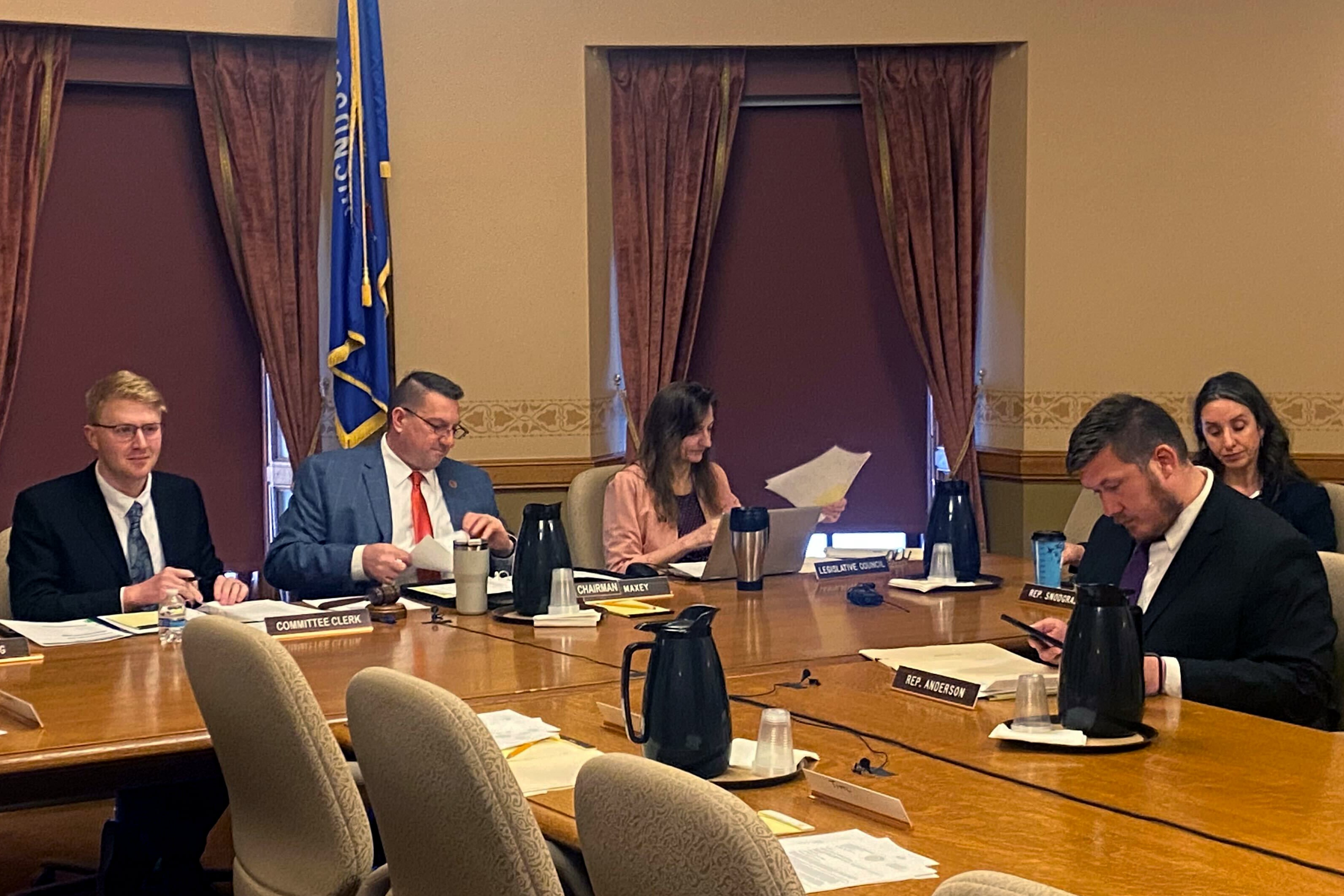Votebeat is a nonprofit news organization reporting on voting access and election administration across the U.S. Sign up for Votebeat Wisconsin’s free newsletter here.
After two high-profile cases in which candidates were unable to remove their names from the ballot, Wisconsin lawmakers are weighing a change to one of the nation’s strictest withdrawal laws.
Under current Wisconsin law, once candidates qualify for the ballot, they can only be removed if they die.
The restriction received renewed attention in August 2024, when Robert F. Kennedy Jr., running as an independent, unsuccessfully sought to withdraw from the Wisconsin presidential ballot — a request that ultimately reached the state Supreme Court.
More recently, in January, Madison Ald. Dina Nina Martinez-Rutherford announced she was dropping out of her reelection race and endorsing her opponent, citing two major life events. Despite her public withdrawal, she remained on the ballot and was reelected in April.
On Tuesday, the Assembly Committee on Campaigns and Elections held a public hearing on the proposal written by Rep. David Steffen, a Republican, to allow candidates for certain statewide, congressional, and legislative offices and independent candidates for president and vice president to withdraw from the ballot any time before the Wisconsin Elections Commission certifies candidates’ names.
Steffen said he’s working on an amendment to address concerns raised by election clerks about how the proposal could disrupt tight ballot production timelines.
Calling the current law outdated, Steffen told lawmakers that candidates deserve a straightforward way to remove themselves from consideration before Election Day.
Clerks raise timeline concerns; Steffen promises amendment
While the bill would not apply to local or off-cycle races like Martinez-Rutherford’s, election clerks say even the limited version could still cause issues. They warned that allowing candidates to withdraw up until the day of certification doesn’t give them enough time to finalize ballots, which are often already in production before that point.
“I have no problem if a candidate wants to remove their name,” Columbia County Clerk Sue Moll, a Republican, said. “I just want to make sure that the timeline is such that we can meet our deadlines.”
Most states provide nominees who wish to drop out of a race some sort of off-ramp. Many states allow nominees to drop off the ballot between 60 and 85 days before an election. Some states require polling places to have notices clarifying candidates’ withdrawal if they drop out after ballots are already printed.
Wisconsin law used to allow nominees to drop off the ballot if they declined to run, but it changed 1977 to the current policy — allowing withdrawal only in the event of death.
Under the proposal presented on Tuesday, nominees could drop off the ballot anytime before the election commission certifies candidate names.
Processing a candidate’s withdrawal on that last day would put clerks on a “really tight” timeline, Moll said.
Even with a head start to prepare ballots, county clerks are scrambling at the last minute to get their ballots programmed, printed, and sent to municipal clerks in time for them to send out by the state’s legal deadline, which is 47 days before a federal election, Moll said.
It would have taken about an extra half-day of work to reprogram everything if Kennedy dropped off the ballot last-minute, she said. It could take more time in counties that rely on vendors to prepare their ballots and program voting equipment, she added.
When a candidate changes his or her mind and drops out, Moll said, “Well, OK, that’s one candidate. What happens if there’s five candidates?”
Rock County Clerk Lisa Tollefson, a Democrat, told Votebeat that clerks would risk going past the deadline for sending out ballots if candidates waited until the last minute to drop out.
If the deadline to withdraw was about a week before the commission certifies candidates’ names, Tollefson said, “we should be OK.”
Steffen, the author of the proposal, said at the Tuesday public hearing that an amendment in the works would do exactly that: Require nominees to withdraw at least seven business days before the Wisconsin Elections Commission meeting to certify nominees. The amendment would require clerks to be notified of a nominee’s withdrawal at least five days before the meeting.
At the hearing, Tollefson said she agrees with the amendment. She told Votebeat that the timelines would still be tight under the amendment, particularly in bigger counties like Milwaukee and Dane County, but that clerks should be able to get their ballots done in time.
February and April elections don’t have long enough window
Giving nominees a path to withdraw their candidacy for the February and April elections — like the one Martinez-Rutherford won after trying to exit — would be virtually impossible because those elections are run in such a short timespan, clerks told Votebeat.
Clerks only have about a week between the February and April elections to prepare their ballots, get them printed, and send them out to municipal clerks, Moll said.
If the amended measure becomes law and plays out well, Steffen said he may introduce a separate proposal that addresses local races. But he also acknowledged the tight timelines that clerks face in February and April elections.
Just after the hearing, at the Eastmorland Community Center in Madison, Martinez-Rutherford, the candidate who won a city council seat in April despite informally dropping out of her race, said that she would remain on the council but that it would be “reasonable” to create a process for candidates to formally drop out.
Alexander Shur is a reporter for Votebeat based in Wisconsin. Contact Alexander at ashur@votebeat.org.





